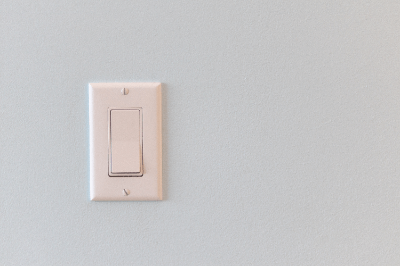What Is a Lock Switch?

A lock switch, often known as a rocker switch or seesaw switch, toggles on and off by pressing its ends alternately. It’s named for its rocking motion and is characterized by a distinctive “click” sound during operation, providing clear tactile feedback. The switch’s position after use visually indicates the on/off status of the connected device.
Lock switches are available in alternate and momentary types. The alternate type maintains its position after being pressed, while the momentary type returns to its original state once released.
Uses of Lock Switch
Lock switches are widely used in electronic devices for power on/off functions, including in computers, photocopiers, printers, household appliances, and industrial machinery. They also find applications in residential lighting systems. Available in various shapes, colors, and sizes, they can handle currents exceeding 100 amperes, making them suitable for diverse applications.
Principle of Lock Switch
A lock switch consists of an operating button, bow spring, case, cover, and contact terminals.
1. Operating Button
The operating button, manipulated to switch between on and off, is connected to the internal bow spring. It varies in shape and may indicate the on/off state.
2. Bow Spring
The bow-shaped spring facilitates the switch’s movement. When turned on, it brings the movable contact close to the fixed contact, ensuring stable contact. In the off position, it separates the contacts, preventing current flow and reducing contact erosion.
3. Built-in Case/Cover
The case or cover, usually made of resin, encloses the internal components, protecting them from external elements.
4. Contact Terminals
These terminals connect the switch to external circuits. In multiple switches, one terminal may serve as a distribution point, necessitating careful verification of the internal circuitry to avoid shorts.
Types of Lock Switch
1. Alternate Type
This type remains pressed until the opposite side is pressed, suitable for applications like power buttons or residential lighting switches.
2. Momentary Type
This type only connects contacts while pressed, automatically returning to off when released. It’s used in scenarios where continuous switch operation is not desired, like in electric kettles or drills.
Both momentary and alternate types of lock switches are selected based on their specific application requirements.